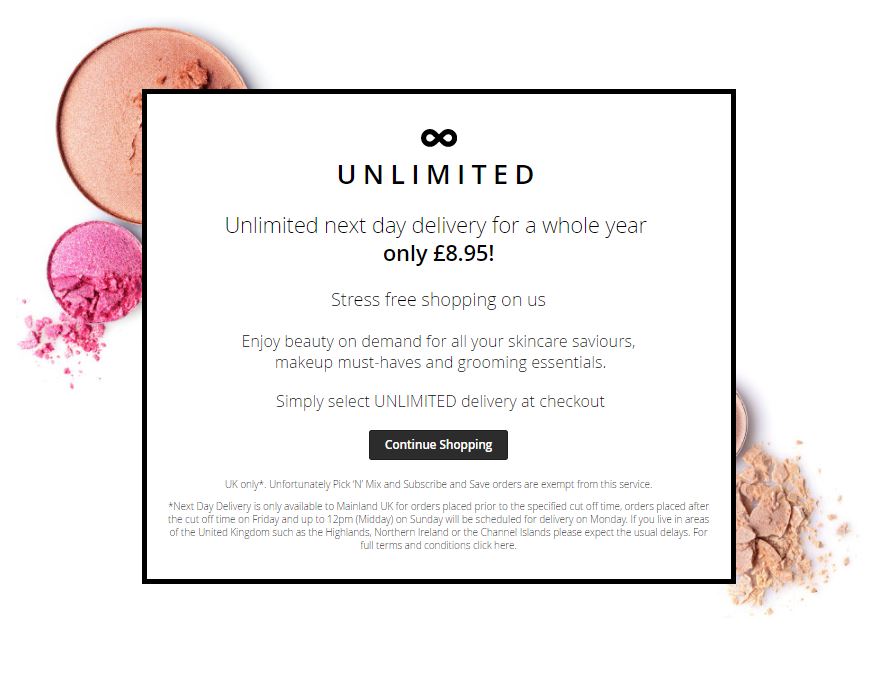I was interested to read in the news that Feelunique is the latest retailer to introduce a premium delivery subscription. Customers wanting more options and flexibility from a brand they are happy to financially commit to now have the option of unlimited next day delivery over a year, for a one-off charge of £8.95.
Premium delivery subscriptions within retail
Subscription-based models, where a customer pays a subscription price to gain access to a product or service, of course aren’t new to retail; Amazon and ASOS have operated a subscription service for quick delivery for years with their respective Prime and Premier Delivery offerings.
The main attraction to a business of offering a subscription-based model for delivery is the ability to predict revenue and increased share of wallet (according to Statista the average Prime member spends $600 more a year with Amazon than non-Prime customers).
A sustainable business model?
However, it’s interesting that brands like Feelunique are jumping on the “premium delivery subscriptions” bandwagon, while many other retailers are moving away from cheap or free quick delivery services due to the commercial challenges around logistics and costs on the bottom line margin.
John Lewis announced over two years ago that it was removing their free “Click & Collect” service and introducing a standard £2 charge for orders under £30. Andy Street, Managing Director at John Lewis said at the time of the announcement;
“We are sure customers will understand why we are doing this. There is a huge logistical operation behind this system and quite frankly it’s unsustainable. We consider ourselves to be leaders and we want to take the lead on this.”
While it may seem strange to shoppers why they would need to pay to collect something from a store, those in the know understand the challenges and costs associated with moving stock around a business to allow the customer to pick up an order locally.
For example, every night John Lewis moves tens of thousands of parcels overnight to hundreds of collection points across the country, ready for customers to collect the next day.
The logistics of despatching regular orders of small and inexpensive items is incredibly costly. Even Amazon, the pioneer in this area, now restricts non-Prime members to a minimum order value of £20 of certain products before they will offer free delivery (for standard, not next-day).
And another area to consider is the cost of product returns and offering this for free, but this a discussion for another time.
Other cost-effective ways to increase customer loyalty
While there appears to be a move within the industry towards subscription-based models, it will be interesting to see how many other retailers opt instead to offer something more exclusive, such as product previews or private sales where their direct margin is not eroded on logistics.
Time will tell whether the Feelunique and ASOS model for premium delivery subscriptions is sustainable, or if indeed at some point in the future the costs will need to be picked-up by the customer somewhere in the lifecycle.


